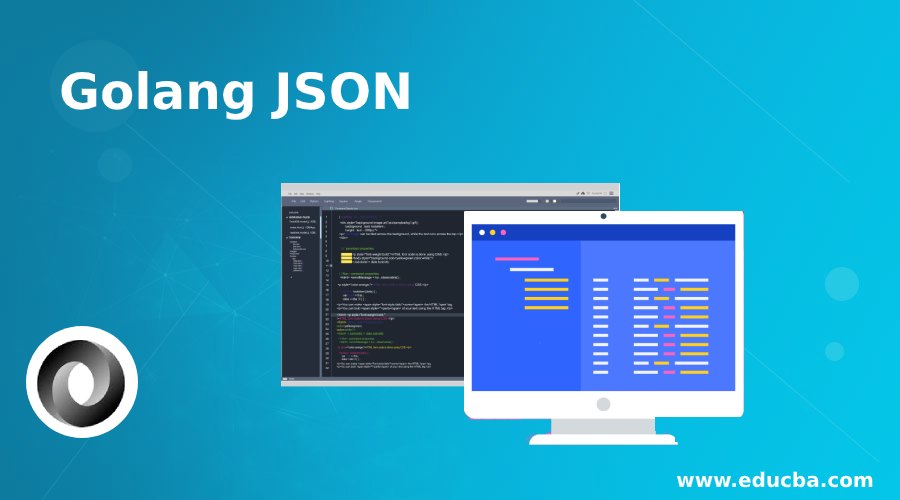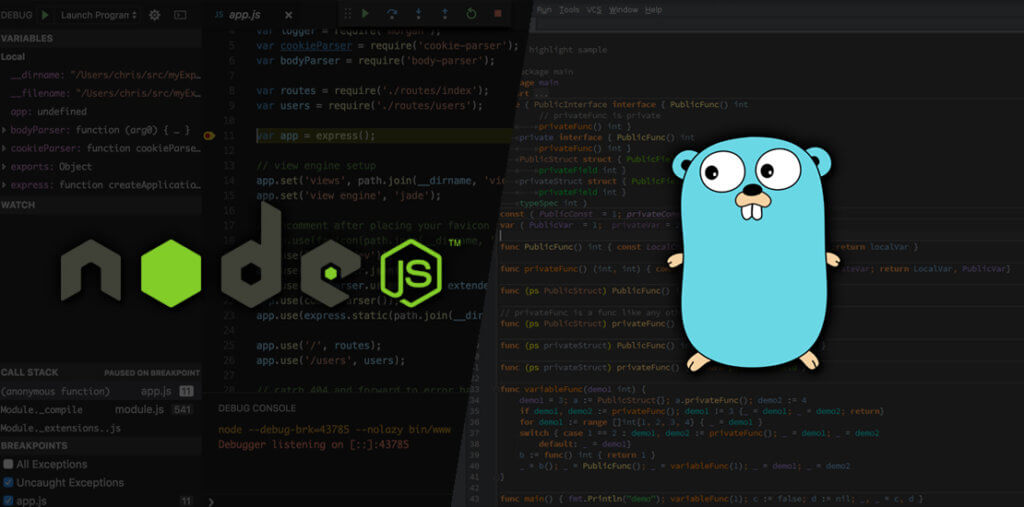

Once you know json, it is difficult to return to XML (personal opinion. JSON substitutes for XML, it has become a popular alternative to XML format.
Golang json compare code#
JSON was derived from JavaScript, but it is a language-independent data format, many programming languages include code to parse JSON data. JSON is an standard file format that uses human-readable text to transmit data objects. When a property differs, the difference contains the value of the first json. The last editor exclusively contains the diff between JSON.


Then you can visualize the differences between the two JSON documents. You can also directly compare two JSON files by specifying their urls in the GET parameters url1 and url2. You can also click on "Browse JSON file" button to load your JSON data from a local file. You can also click on "load JSON from URL" button to load your JSON data from a URL (Must be https).
Golang json compare Patch#
Factorization reduces the number of operations generated, which inevitably reduce the size of the patch once it is marshaled as JSON.This tool allows to compare two JSON data structures, and visualize the diff.Ĭopy and paste, drag and drop a JSON file or directly type in the editors above, and they will be automatically compared if the two JSON are valids. To enable the factorization of value removals and additions as moves and copies, you should use the functional option Factorize(). Note that any combination of options can be used without issues.īy default, when computing the difference between two JSON documents, the package does not produce move or copy operations. The third parameter is variadic and accept a list of functional opt-in options described below. If more control over the diff behaviour is required, use the CompareOpts or CompareJSONOpts function instead. However, if the webhook is still using the v1.19.x version of the k8s.io/api/core/v1 package that define the Service type, instead of simply ignoring this field, a remove operation will be generated for it. spec.allocateLoadBalancerNodePort in Kubernetes 1.20 to disable allocating a node port for services with Type=LoadBalancer. If your webhook does not have the latest version of the client-go package, or whatever package that contains the types for the resource your manipulating, all fields not known in that version will be deleted.įor example, if your webhook mutate Service resources, a user could set the field. There’s also one other downside to the above example. You can find a detailed description of that problem and its resolution in this GitHub issue. Mutating the original pod object or a copy is up to you, as long as you use the raw bytes of the AdmissionReview object to generate the patch. req is a k8s.io/api/admission/v1.AdmissionRequest object jsondiff. Comparing between the unmarshaled and copied versions can generate add and change patches below a path not in the original JSON, and the API server will reject your patch.Ī realistic usage would be similar to the following snippet: These will exist when you unmarshal from JSON, because of how Go structs work, but are not in the original JSON. Optional fields being ones that are a struct type, but are not pointers to those structs. Below is a quote of the original comment: As pointed out by user /u/terinjokes on Reddit, due to the nature of Go structs, the “hydrated” corev1.Pod object may contain “optional fields”, resulting in a patch that state added/changed values that the Kubernetes API server doesn’t know about. Note that the above example is used for simplicity, but in a real-world admission controller, you should create the diff from the raw bytes of the field. The JSON patch can then be used in the response payload of you Kubernetes webhook.

"path ": "/spec/volumes/0/emptyDir/medium "


 0 kommentar(er)
0 kommentar(er)
